Things to do in La Gomera: Top 15 La Gomera Attractions
Hazel Hammond
With its misty ancient forests, majestically carved ravines and secret whistling language, there’s something quite alluring about La Gomera. Protected under a Biosphere Reserve, its natural beauty and Jurassic feel is set to render visitors speechless. You’ll find La Gomera located off the north west coast of Africa just west of Tenerife. Here we’ve put together a guide to the best things to do in La Gomera to make the most of its truly magnificent landscapes.
1. Hiking
La Gomera’s landscapes are its prime attraction, making hiking and walking an unmissable activity. With over 600km of trails to choose from you can select a route to suit you, be that a gentle stroll through Garajonay forest or the challenging Guarimiar hike. The large number of trails is a result of the unique topography of the island making it difficult to build roads, so natives had to hike everywhere. Soar up the 1,487m Alto Garajonay or enjoy impressive views from Mirador Montana. Other popular hikes include Vallehermoso, Waterfall El Guro, Valle Gran Rey, and Barranco de Argaga.

2. La Gomera Beaches
With 90km of coastline you will be sure to find rest and respite in one of the islands secluded beaches or bays. These beautiful volcanic black-sand beaches are ideal for those wanting to soak up the sun and swim in the Atlantic. The beaches of Valle Gran Rey are perhaps the most popular and great spot to catch the sunset. Nearer the capital are Playa de San Sebastian and Playa de La Cueva and for swimmers, Playa de Santiago has calm waters protected by a jetty. Other beaches include Playa de la Caleta at Hermigua, the calm Playa del Medio and the black sands of Playa de Avalo.

3. Mirador de Abrante
Mirador de Abrante is a restaurant and viewing platform offering truly magnificent views. Perched on the edge of a cliff overlooking Agulo village, the glass ‘skywalk’, 625 meters above sea level, gives you the feeling of floating in air. The restaurant here serves local tapas, creative international cuisine and tempting Canarian dishes, all with fantastic views. The building itself is an architectural masterpiece designed by Jose Luis Bermejo. Open summer 11am – 7pm, Winter 10am – 6pm.

4. Dolphin & whale watching
On a visit to La Gomera you may wish to enjoy dolphin and whale spotting. Many of these spirited creatures call the oceans here their home and can often be spotted swimming joyfully off the coast. The south of the island is a great place to spot them and several boat tours are available across the island. You’ll spot pilot whales, sperm whales, rorquals and up to 21 species of dolphin.

5. Learn Silbo
Silbo is the ‘whistling’ language of La Gomera. Due to the landscapes it was hard to communicate between villages quickly; the whistling language was used to communicate across deep valleys to share public information. The whistling seems to echo through valleys and can be heard from a staggering 5km away. The language was declared a Masterpiece of the Oral and Intangible Heritage of Humanity by UNESCO. Although today the language is not used functionally (they have mobile phones now) you can still witness the whistling from the frequent displays.
6. Garajonay National Park
One of the best things to do in La Gomera is a visit to the stunning forest of Garajonay. This misty and ancient forest is one of the last of its kind. Garajonay laurel forest is a subtropical and humid forest with springs, streams and around 2,000 species of flora and fauna. The park covers a third of the island and for nature enthusiasts the park is home to reptiles, amphibians and birds, many of which are endemic. Hikers can venture to the islands highest peak at 1,487 meters and enjoy astonishing views of the island. The forest is named after a myth ‘Gara and Jonay’. The Canarian version of Romeo & Juliet, Gara from La Gomera & Jonay from Tenerife ran away to the island’s highest point but tragically jumped to their deaths. Visit Juego de Bolas visitor centre for great information on the park.

7. Roque de Agando
This symbolic and emblematic rock formation is a La Gomera attraction not to miss. Located within Garajonay National Park, this rock is a monument to itself. Formed of volcanic origin, magma solidified to create this magnificent rock towering towards the sky. Standing at 1,250 metres, travellers can marvel at the physics-defying rock and the surrounding nature.

8. San Sebastian
La Gomera’s capital San Sebastian is home to numerous bars, restaurants, shops and great squares. The city holds an animated yet laid-back atmosphere and is famous for being a stopover of Christopher Columbus before his voyage to the Americas. You can visit Casa Colon, the customs house in which Columbus passed through. Other things to do in San Sebastian include Mercado Municipal (market), Iglesia de Asuncion and Torre del Conde – a tower and park in which local beauty Beatriz de la Bobadilla barricaded herself in 1488 as locals rebelled against her husband; she was saved by the governor of Gran Canaria (who was rumoured to be having an affair with Beatriz).

9. Los Organos
This fascinating rock formation is a sight to behold. The slow cooling of magma resulted in unique ‘musical pipe’ shaped rocks in the cliffs. Located on the north coast this 200-metre-tall 80 metres wide attraction is one not to miss, although can only be viewed by boat. Image courtesy of hellocanaryislands.com.

10. Agulo
Agulo is an astonishingly pretty village known as the ‘bon-bon of La Gomera’. Perched on a hilltop, the village looks out to incredible vistas of the ocean and Tenerife’s Mount Teide. Located on the north of the island the village is surrounded by a blanket of green due to banana plantations and a scarcity of buildings. Just an hour from San Sebastian, the top attraction here is to simply stroll and absorb the village’s character. There are several information panels on the streets which are a helpful guide and tell you great facts about the village.
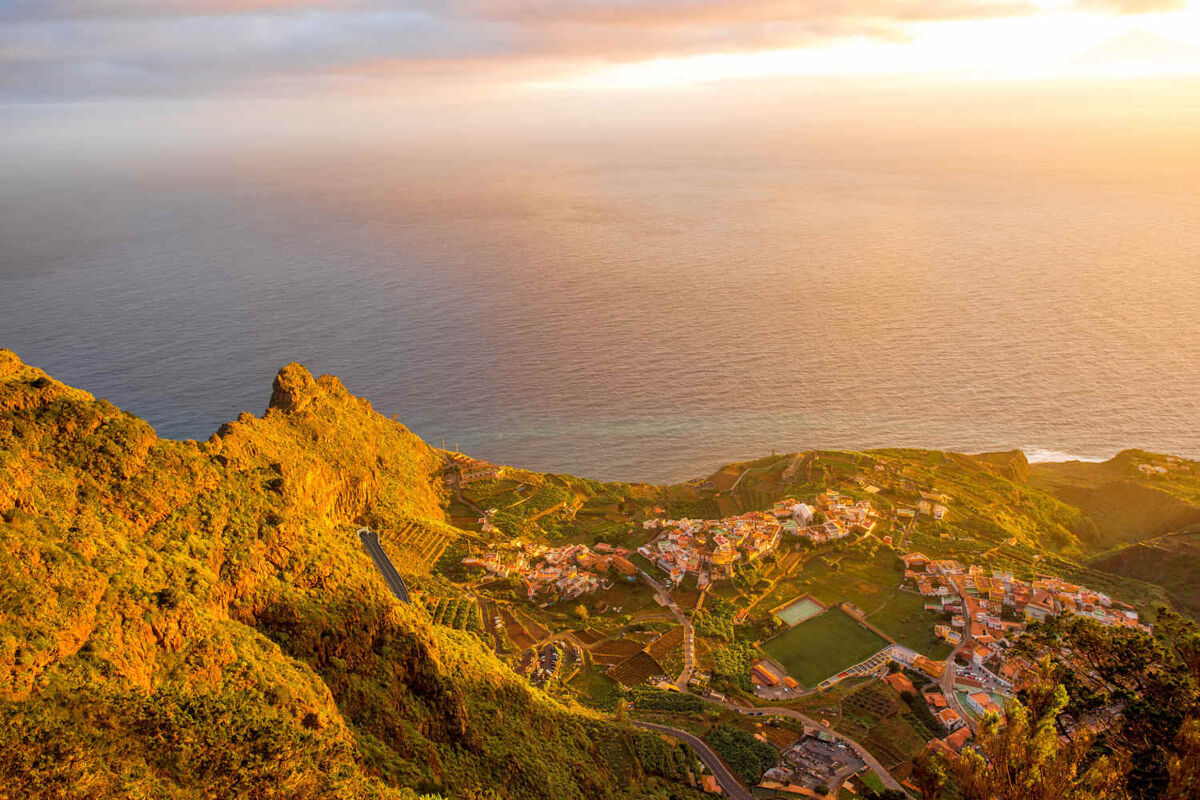
11. Taste the wine
In La Gomera you will find excellent wines, 80% of which are white produced from the Forastera grape. Due to the island’s isolation over history the vines were protected from conditions which affected Europe, resulting in some vines over 500 years old. Due to the volcanic conditions and steep landscapes, vines are cultivated in stunning terraces which cascade down hillsides. This type of landscape makes the use of machinery very difficult, so all wine is made traditionally and by hand.
12. Playa de Santiago
The charming village of Playa de Santiago lies at the south of the island and its tranquil atmosphere can be enjoyed by all. Offering stunning views from the cliff-tops and a wonderful beach, it is perfect for swimmers and sunbathers. In this laid-back fishing village is also a harbour with a wealth of seafood eateries.

13. Museo Ethnografico
This museum of Ethnography, located in a historic building, covers the island’s natural resources and ecosystems including fishing, forestry, agriculture and farming. Located in Hermigua, the museum is dedicated to the research and preservation of popular culture. You’ll uncover a historic picture of the island’s culture and how ancestors had to adapt to survive and thrive in this challenging environment. October to May open Tuesday- Friday 10am – 6pm, weekends 10am – 2pm, June – September Tuesday – Friday 10am – 7pm, weekends 10am – 2pm. Admission €2.50
14. Chipude
The village of Chipude is a sleepy town home to warm locals, spectacular surroundings and pretty buildings. In this tranquil hamlet is a modest 16th century church, Iglesia Virgen de la Candelaria, a popular pottery shop where you can witness traditional pottery techniques and buy souvenirs, as well as some lovely bars and restaurants. For walkers La Fortaleza de Chipude is a striking table top mountain outside the village with outstanding views.

15. Parque Natural Majona
La Gomera’s second largest natural park, Parque Natural Majona is located on the east coast. Great for walkers the park is covered in natural beauty, wildlife and fascinating flora and fauna. It is known to be in one of the wildest areas of the island with deep ravines covering 1,757 hectares.

Practical Information
La Gomera weather: best time to visit
As with all the Canary Islands, Temperatures in La Gomera vary little. The temperatures and humidity feel very comfortable all year round. There is little chance of rain, other than further inland. The hottest time of year in La Gomera is August to September with average temperatures in the mid 20*C’s.
How to get to La Gomera
La Gomera cannot be reached directly by air from Europe but you can fly directly to Tenerife and travel by ferry to La Gomera.
La Gomera ferry
The fastest ferries leave from Los Cristianos port in the south of Tenerife and arrive in San Sebastian. The ferry takes 40 minutes.
Where to stay in La Gomera

Jardin Tecina
Jardin Tecina
The 4* Jardin Tecina is a truly tranquil retreat located on a cliffside in Playa de Santiago. With exceptional facilities and direct access to Playa de Santiago beach the hotel is great for both couples and...
View Hotel
Parador de La Gomera
Parador de La Gomera
Located within easy access of San Sebastian, Parador de La Gomera is a great base for exploring the island. Charming & traditional this hotel offers delicious cuisine and spectacular ocean...
View Hotel Algarve
Algarve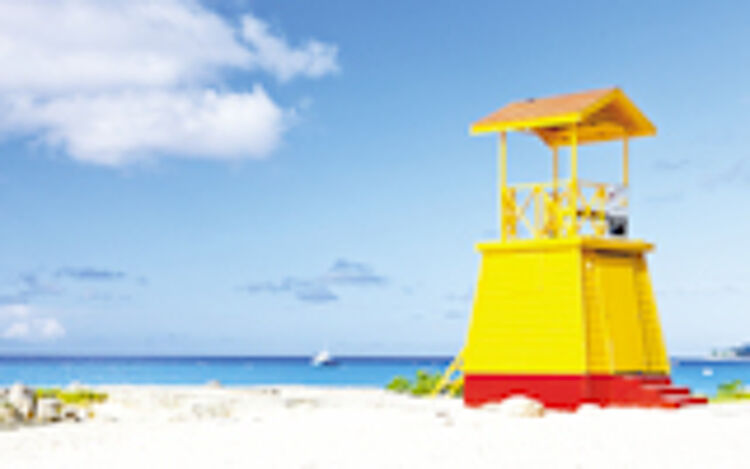 Barbados
Barbados Crete
Crete Croatia
Croatia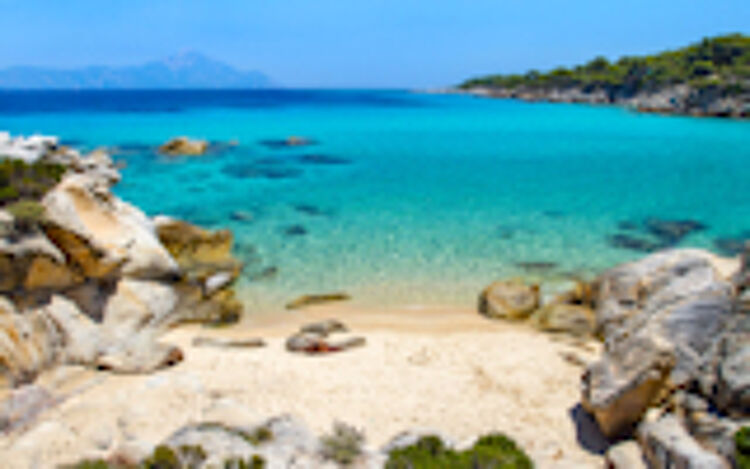 Halkidiki
Halkidiki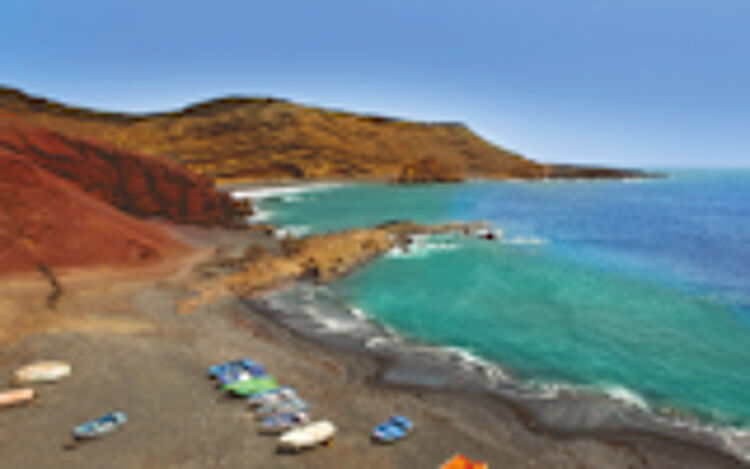 Lanzarote
Lanzarote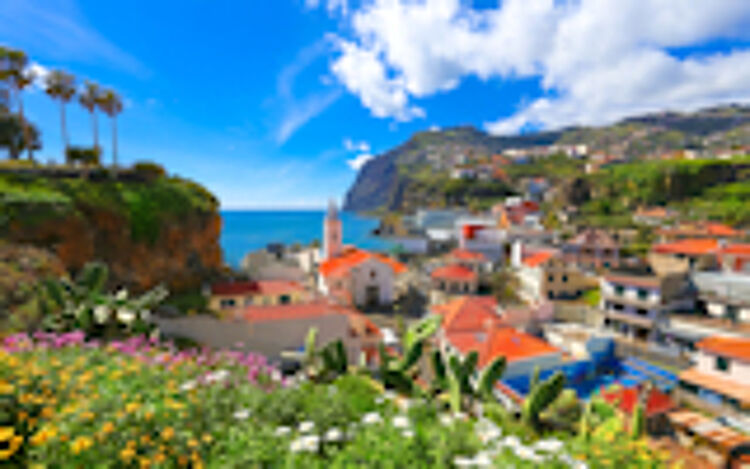 Madeira
Madeira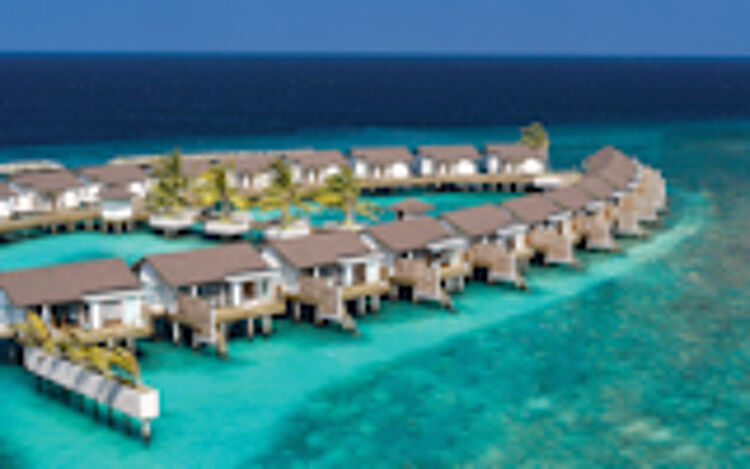 Maldives
Maldives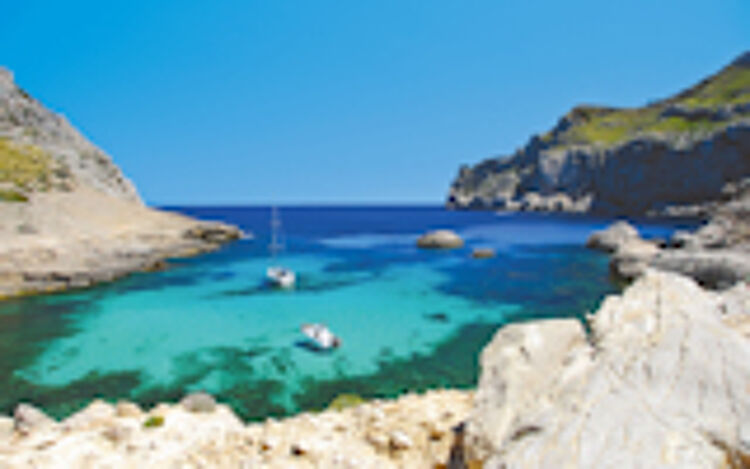 Mallorca
Mallorca Morocco
Morocco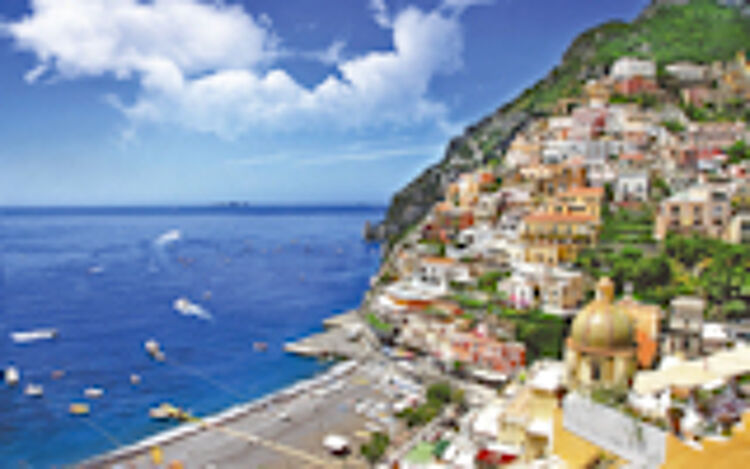 Sorrento & Amalfi Coast
Sorrento & Amalfi Coast Tenerife
Tenerife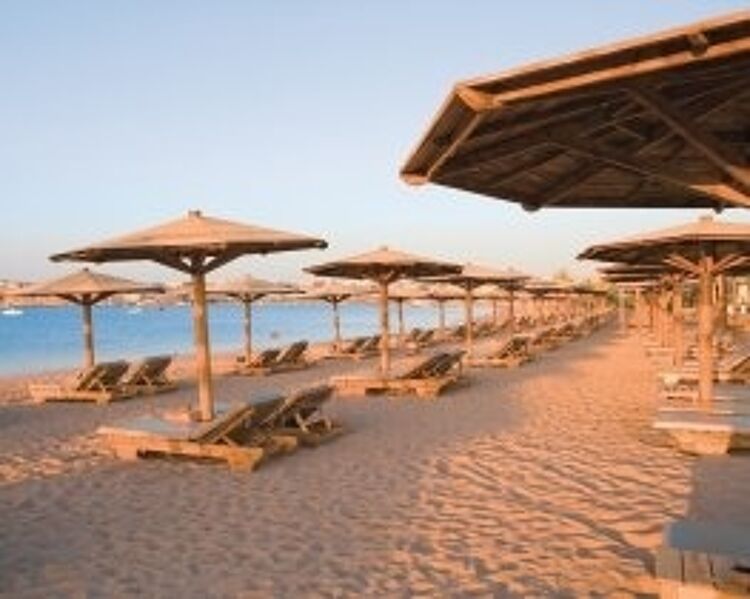 Egypt
Egypt Kenya
Kenya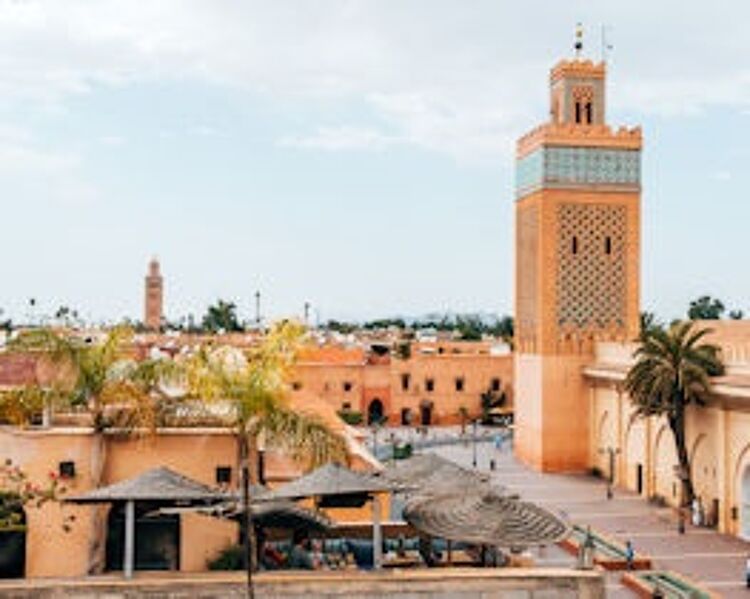 Morocco
Morocco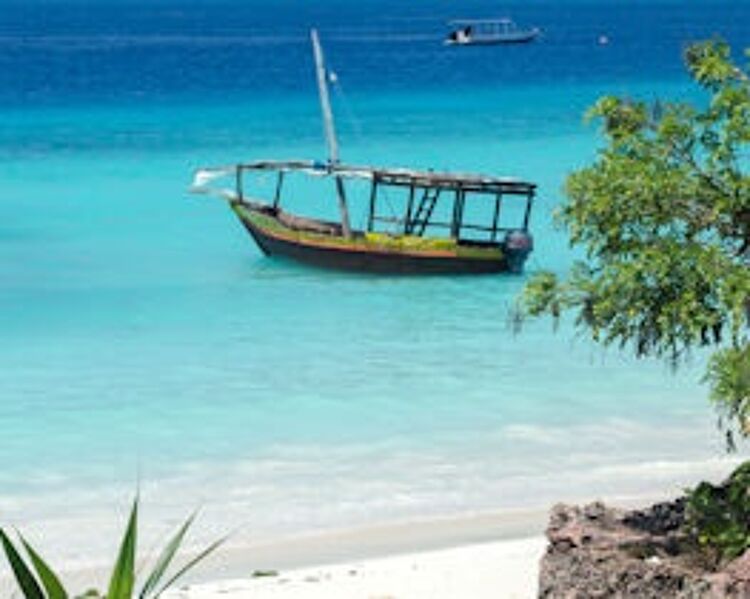 Tanzania
Tanzania South Africa
South Africa Antigua
Antigua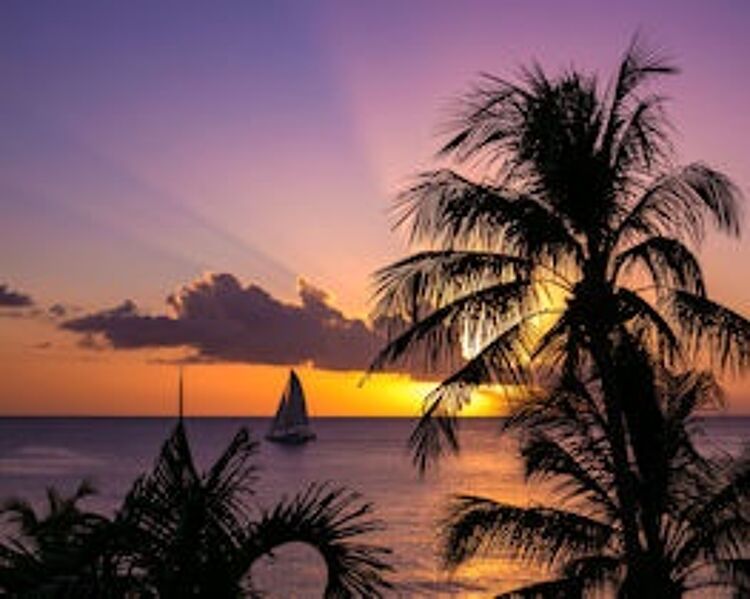 Barbados
Barbados Dominican Republic
Dominican Republic Grenada
Grenada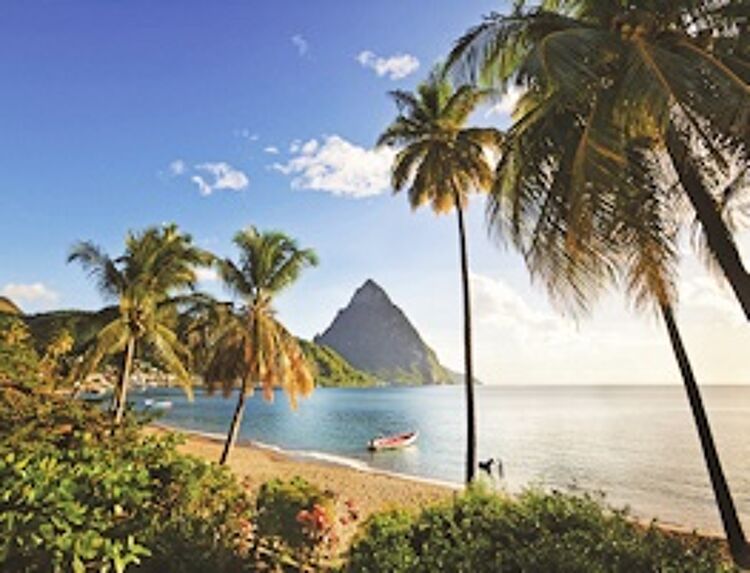 St Lucia
St Lucia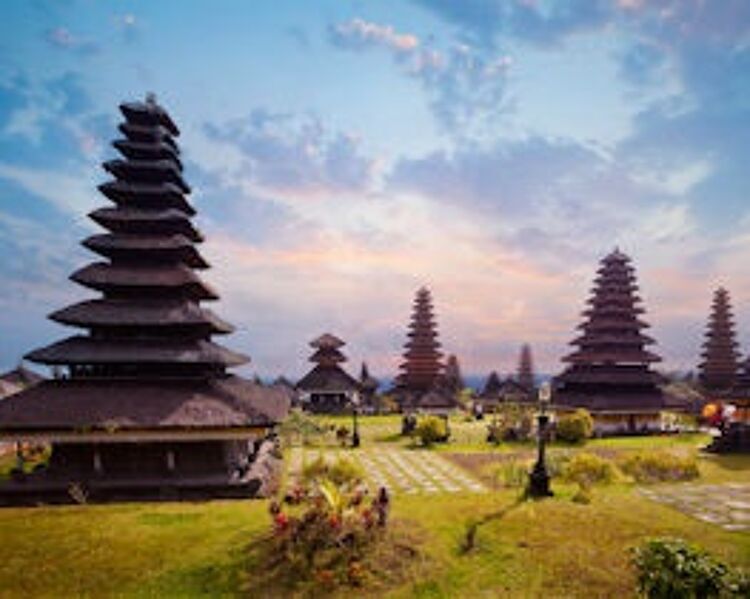 Indonesia
Indonesia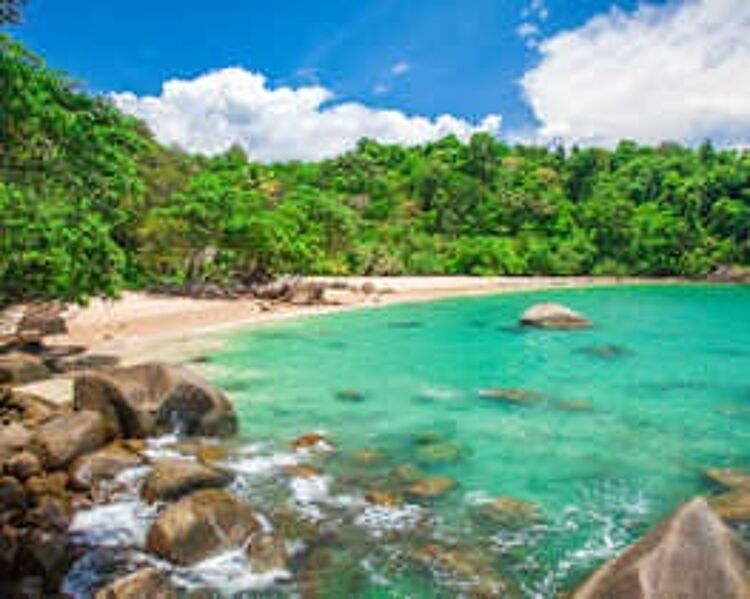 Thailand
Thailand Croatia
Croatia Cyprus
Cyprus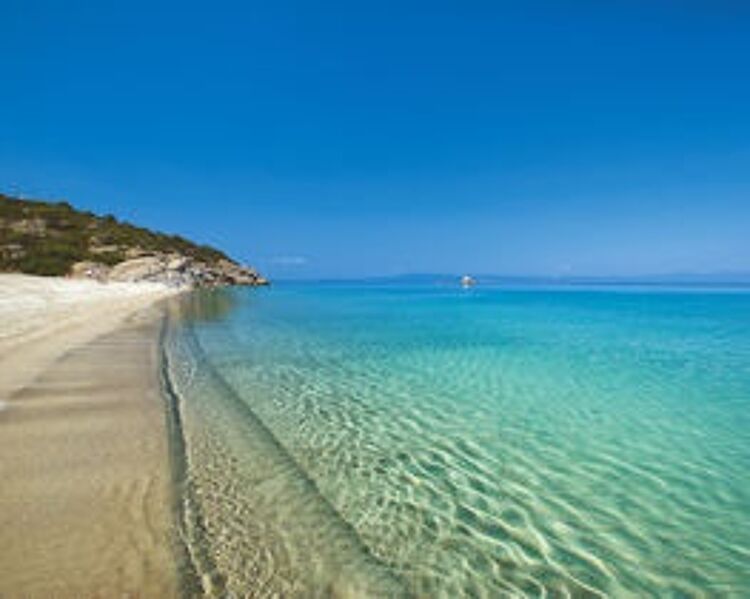 Greece
Greece Italy
Italy Malta
Malta Portugal
Portugal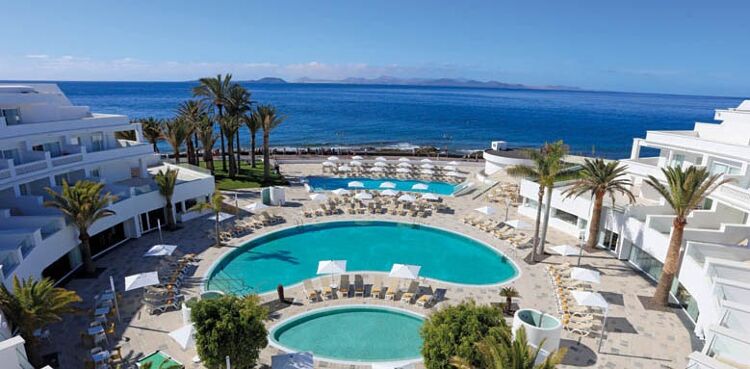 Spain
Spain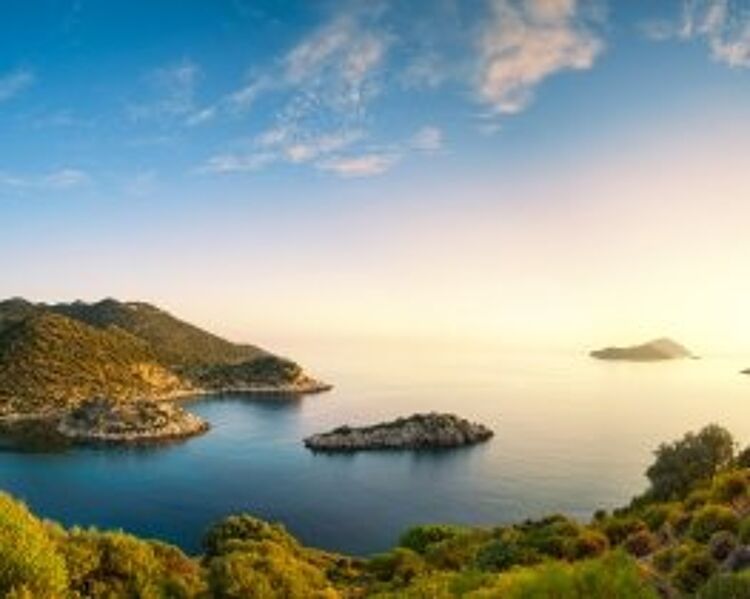 Turkey
Turkey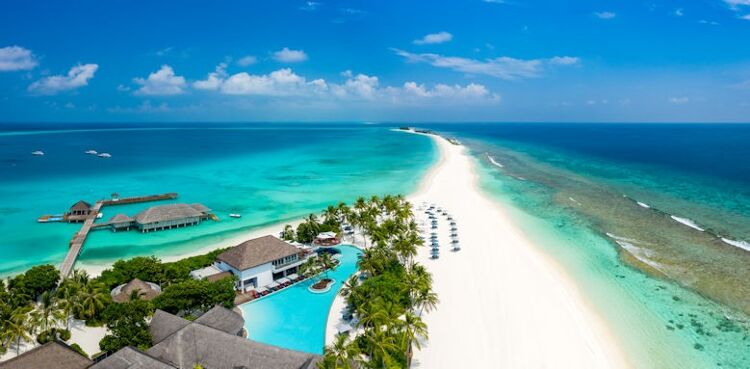 Maldives
Maldives Mauritius
Mauritius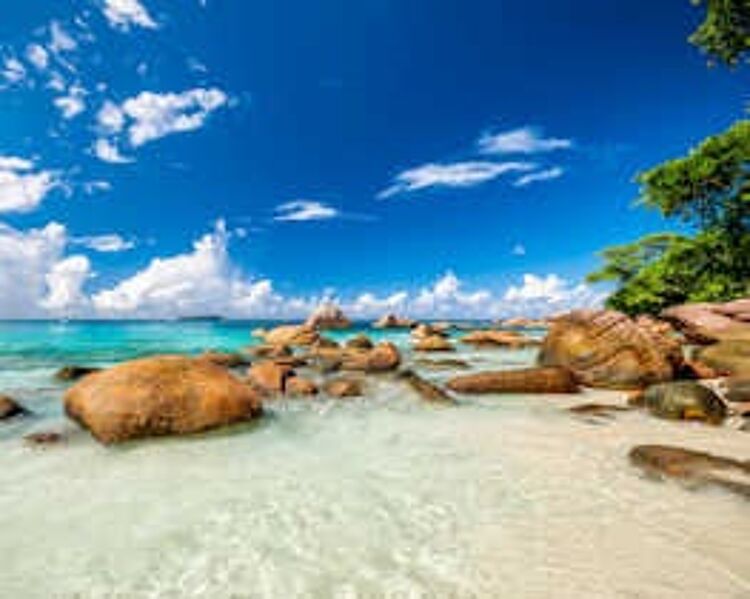 Seychelles
Seychelles Sri Lanka
Sri Lanka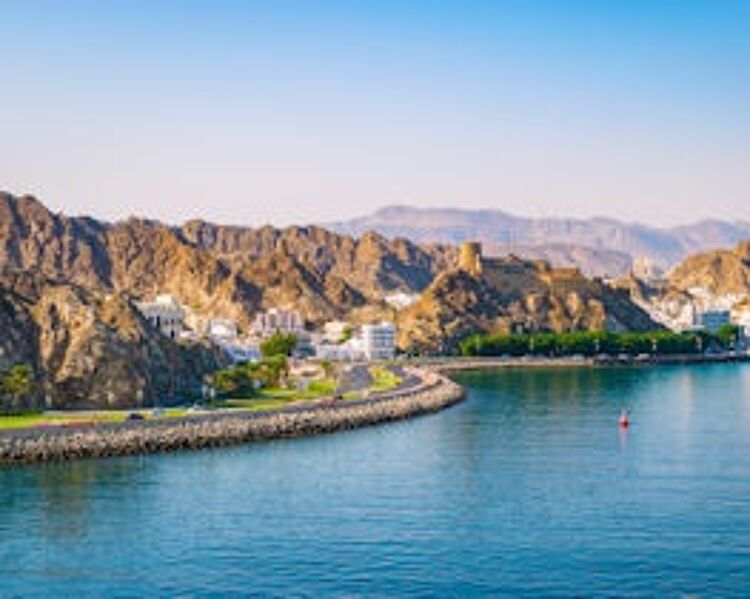 Oman
Oman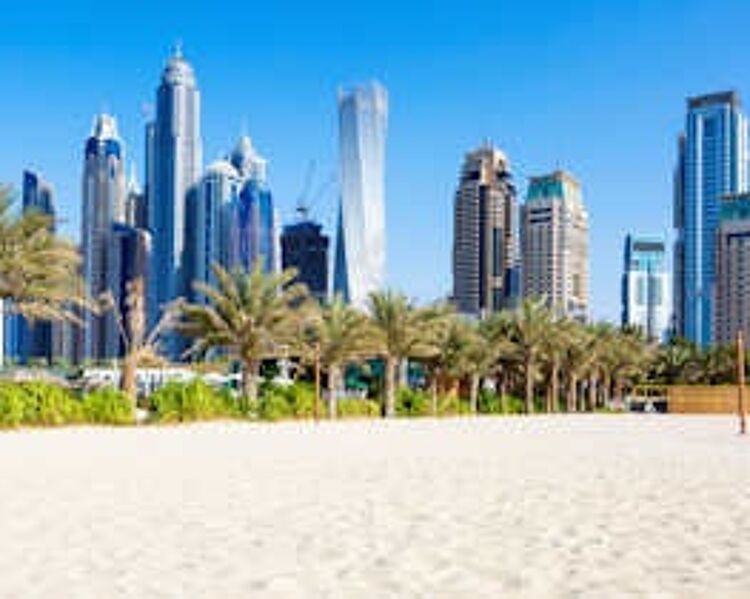 United Arab Emirates
United Arab Emirates
 Adult Only Holidays
Adult Only Holidays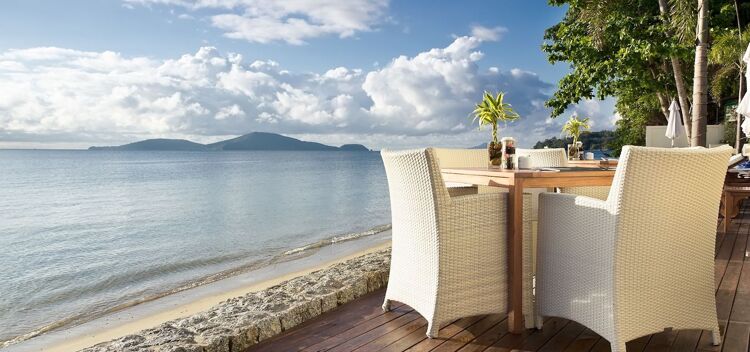 All Inclusive Holidays
All Inclusive Holidays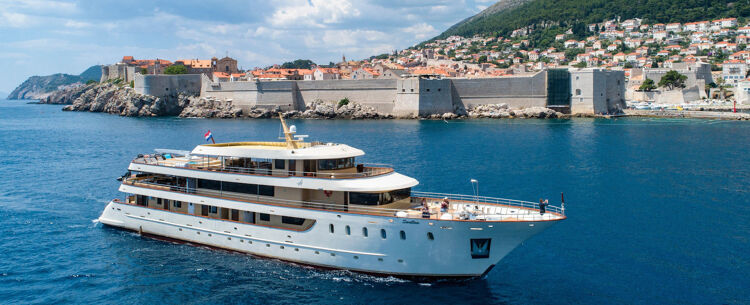 Boutique Cruises
Boutique Cruises Boutique Hotels
Boutique Hotels City Breaks
City Breaks Family Holidays
Family Holidays Honeymoon Holidays
Honeymoon Holidays Luxury Rail Holidays
Luxury Rail Holidays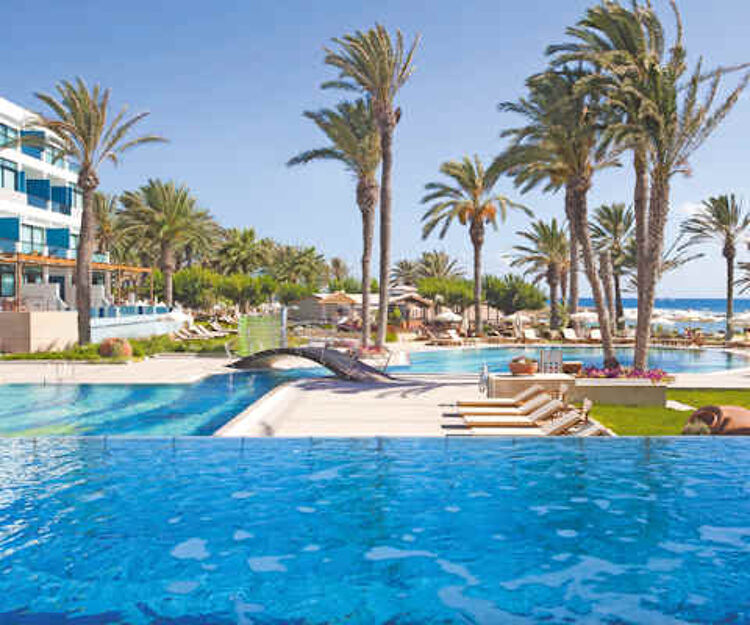 Multi Centre Holidays
Multi Centre Holidays Private & Escorted Tours
Private & Escorted Tours Spa & Wellness Holidays
Spa & Wellness Holidays Villa Holidays
Villa Holidays Golf Holidays
Golf Holidays Group Holidays
Group Holidays LGBTQ+ Luxury Holidays
LGBTQ+ Luxury Holidays Romantic Holidays
Romantic Holidays Greek Island Hopping
Greek Island Hopping Infinity Pools
Infinity Pools Interconnecting Rooms
Interconnecting Rooms Private Pools
Private Pools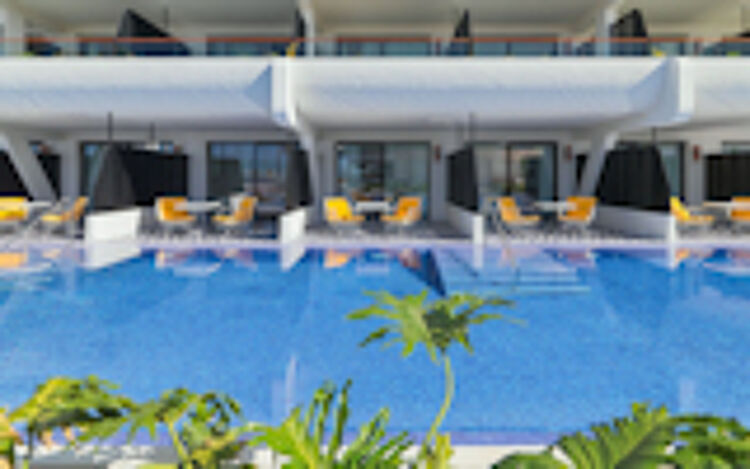 Swim Up Rooms
Swim Up Rooms Yoga Classes
Yoga Classes Blue Flag Beaches
Blue Flag Beaches Butler Service
Butler Service Michelin Star Dining
Michelin Star Dining



